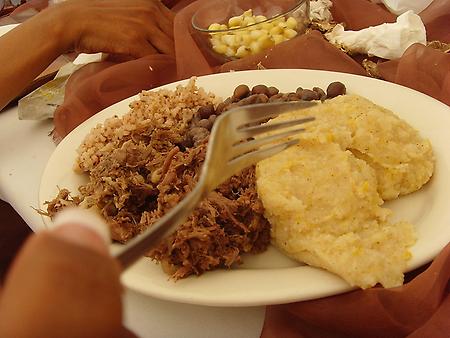Botswana#
Around 10 percent of the population lives in the capital and largest city, Gaborone.
Formerly one of the poorest countries in the world—with a GDP per capita of about US$70 per year in the late 1960s—Botswana has since transformed itself into one of the fastest-growing economies in the world, now boasting a GDP (purchasing power parity) per capita of about $18,825 per year as of 2015, which is one of the highest in Africa.
Despite its political stability and relative socioeconomic prosperity, the country is among the hardest hit by the HIV/AIDS epidemic, with around a quarter of the population estimated to be infected.
Formerly the British protectorate of Bechuanaland, Botswana adopted its new name after becoming independent within the Commonwealth on 30 September 1966.
- Botswana is a land locked country.
- Botswana has largest boundary with South Africa which is approximately 1840 km.
- Botswana has shortest boundary with Zimbabwe which is approximately 813 km.
- The largest river in Botswana is Zambezi which is 2690 km.
Tourist Attraction#
The San people have survived for eons by ancient hunting and gathering methods.National Facts#
- The national bird of Botswana is Kori bustard.
- The famous dish of Botswana is Seswaa.

References#
- Text marked as italic is taken from https://en.wikipedia.org/wiki/Botswana